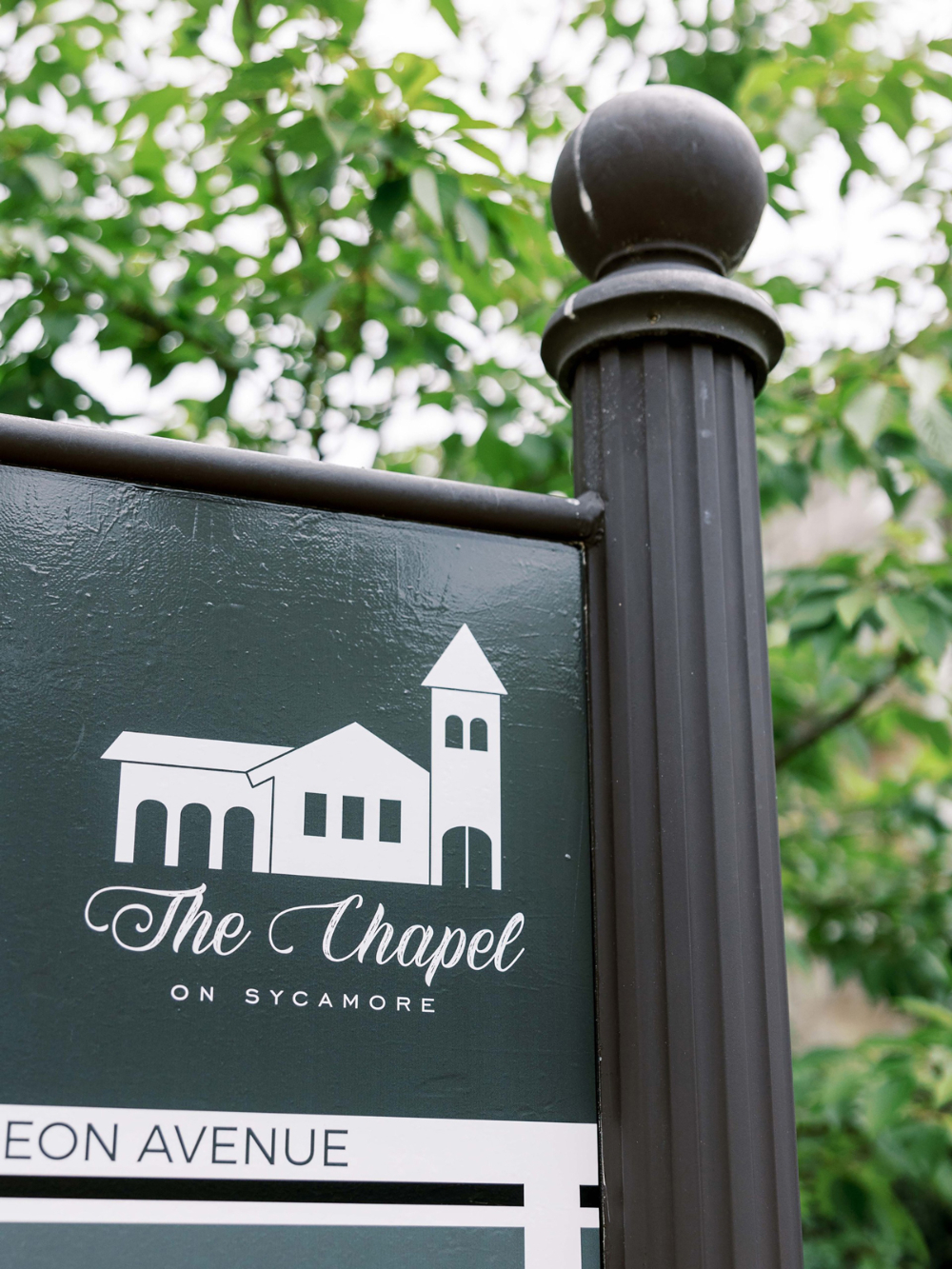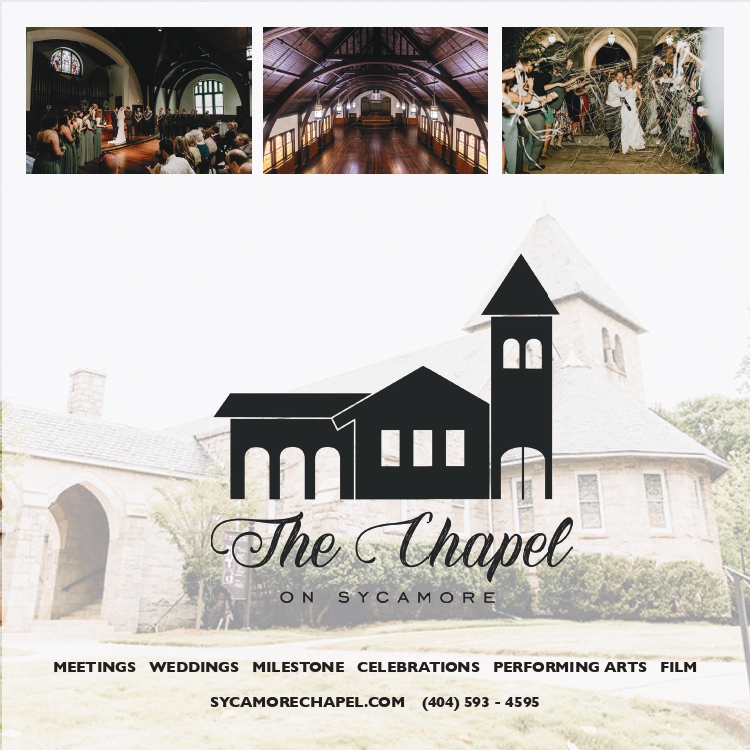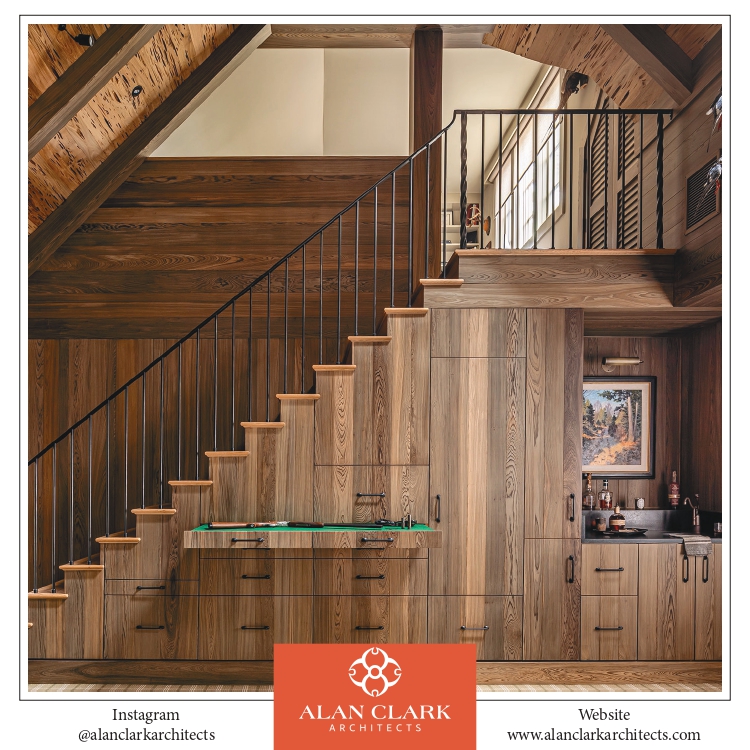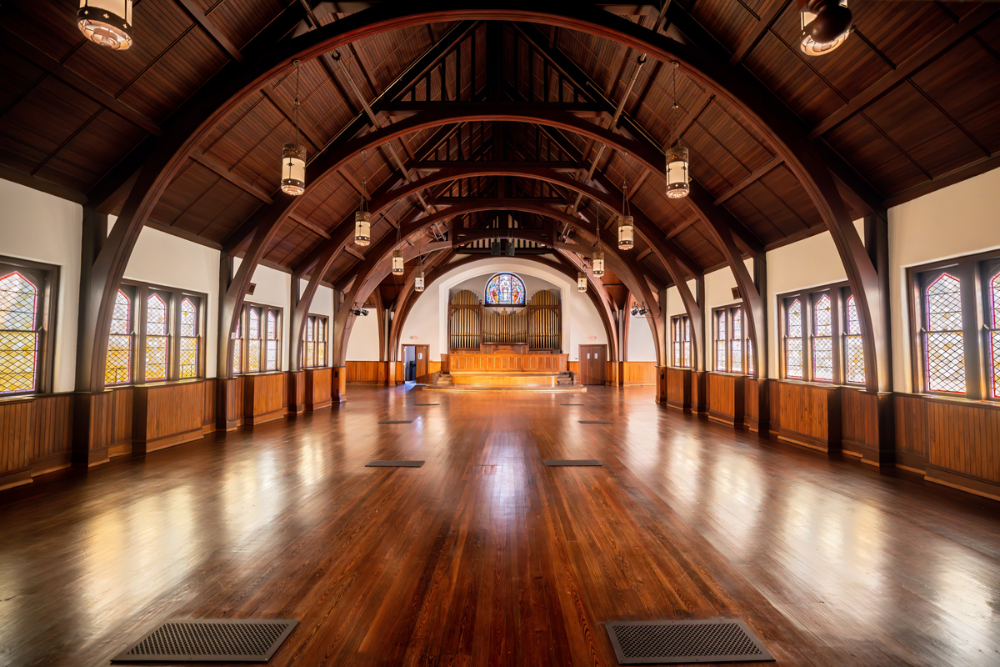
ASMALL CROWD SPRAWLS OUT and settles onto their yoga mats. Rebecca Turk strikes a quartz crystal bowl to make a sound you don’t so much hear as feel reverberating in your solar plexus. Then she plays the sea drum, which mimics the ocean, and the koshi chimes, each note lengthening in the shadows. The only other noise is your own deep breathing, in and out like the tide. The effect is a little like being inside a seashell. “The sounds are aligned with your chakras and work on connecting your spirit with your body and mind,” says Turk, who owns SNDBATH. “This helps with stress, anxiety and sleep, and you may feel a little achy afterward because it breaks up inflammation. It requires great acoustics to do this.”
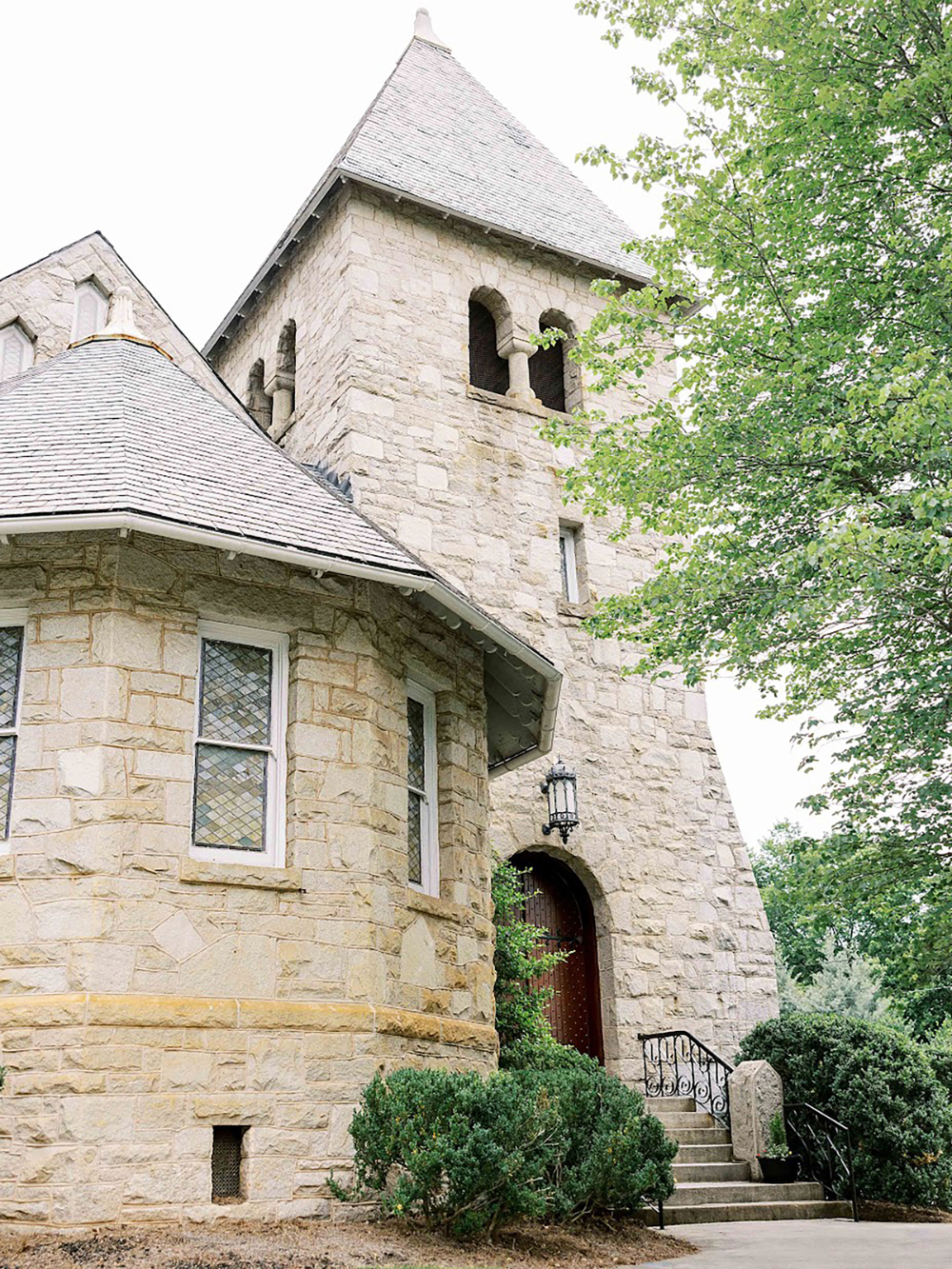
This “sound bath,” which lasts 50 min – utes, is the latest way to drop in The Chapel on Sycamore for a breath of fresh prayer. The downtown landmark, once belonging to Decatur First United Methodist Church, was desanctified in 2020 and converted into a unique, privately owned venue space. So, it no longer hosts altar calls, but it still offers a rarefied, aesthetic setting for contempla – tion, and kibitzing. The structure, located at 318 Sycamore Street, is used for weddings, memorial services, bar and bat mitzvahs, yoga, corporate training, lunch-and-learn workshops, concerts and other events. It seats 240 and holds 400.
“The building is just so beautiful and so conveniently located to everything, just a few quick steps from MARTA,” says Kyle Williams, whose law firm, Williams and Teusink, bought the building in 2019. “We tried to honor its history while pushing it forward into the future. It had the blood-red carpeting all churches in the South have, so we pulled that up and discovered beautiful hardwood floors in perfect condition. But that’s really the only major change we made.”
The firm had outgrown its offices across the street. The church, which had relocated to the north side of Ponce de Leon in the 1960s, was using the chapel only for special occasions.
“After many years of discussion, Decatur First UMC determined that the best course of action to preserve its historic chapel was to consider the sale of the chapel building and to focus its energy on ministry to the com – munity, led from its main campus on Ponce,” says the Rev. Dalton T. Rushing, senior pas – tor. “The church is very fortunate in that Kyle Williams and Eric Teusink were interested in the purchase of the historic chapel building; these neighbors and their firm have a com – mitment to Decatur and the preservation of its buildings. We are grateful for their work.”
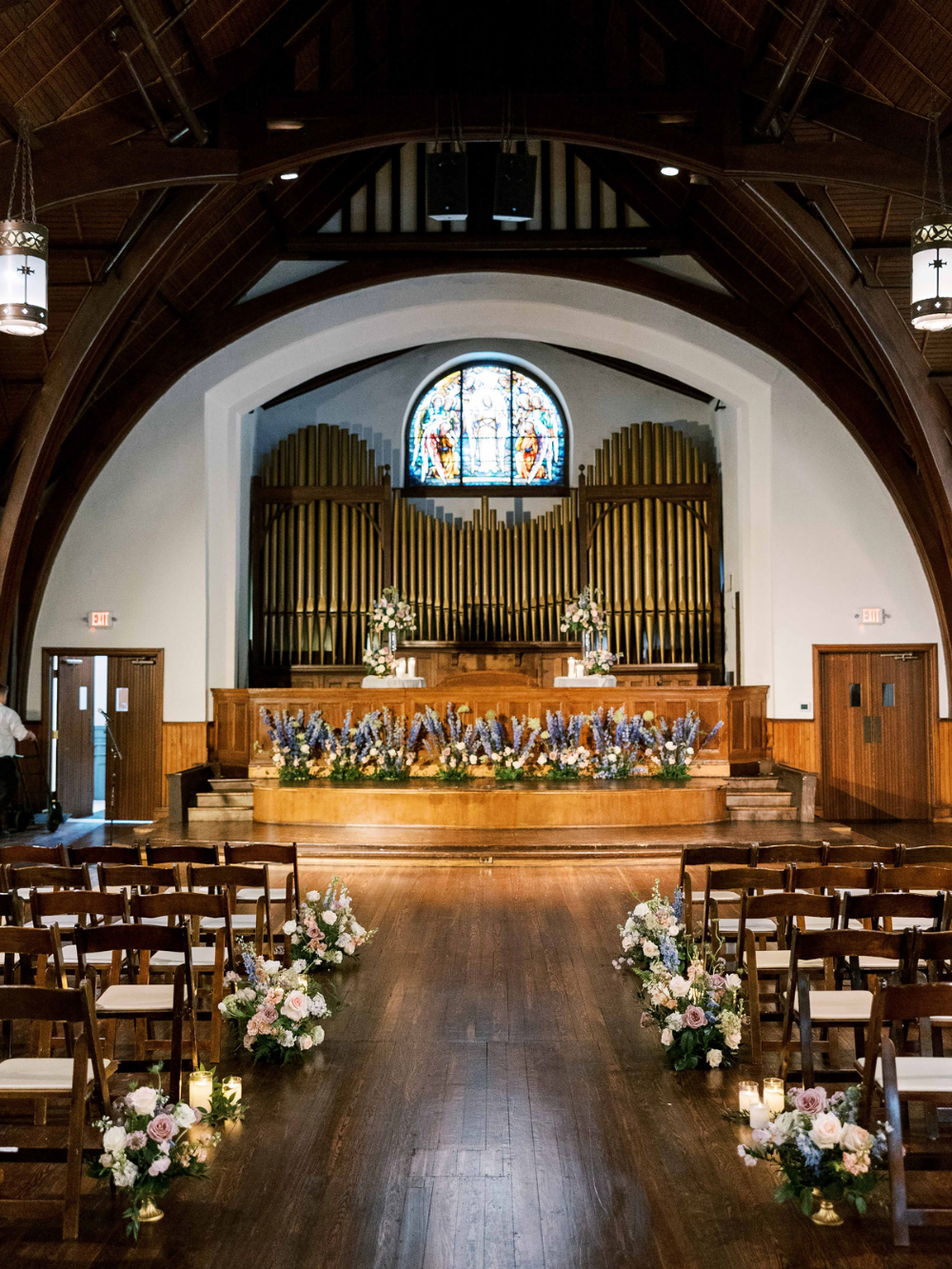
To serve as executive director, the attor – neys tapped Lisa Milko, who previously operated The Trolley Barn at Inman Park, so she has experience with unusual historic ven – ues. “We didn’t want more condos going up in its place,” she says. “We want to be a civic player, and we would like to play a role in the film industry. We have relationships with hundreds of vendors in Atlanta, to bring a wealth of knowledge and expertise [and] help you realize your vision, whether it’s music, meditation or meetings. Like our commu – nity, we strive to be inclusive.”
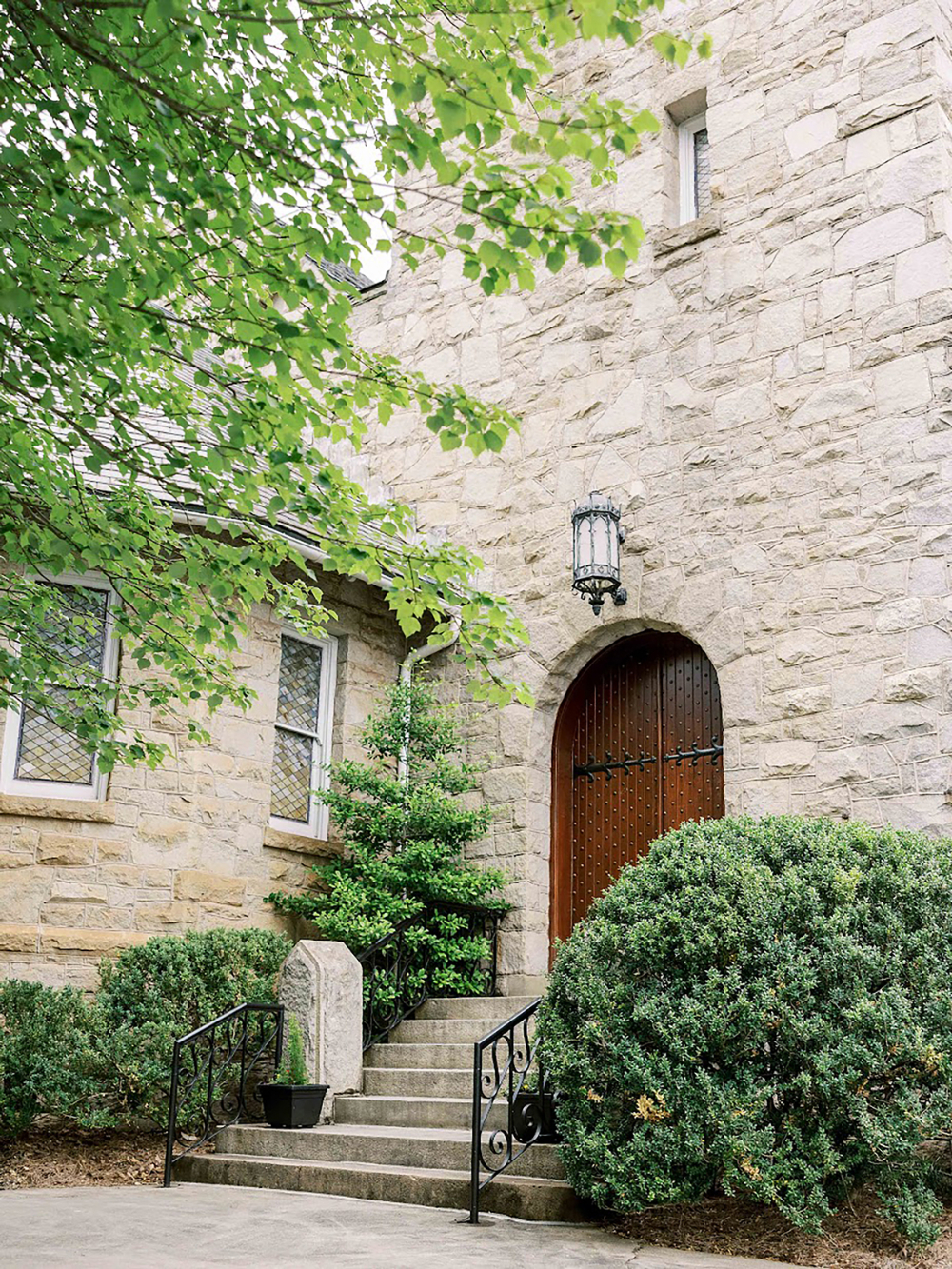
Among her favorite activities are the monthly candlelight concerts by jazz trios and string quartets. Decatur residents have enjoyed the music of Adele and Coldplay, and this Halloween will get a show of spooky movie scores. “I light thousands of battery-powered candles for each show,” Milko says. “It really creates a transporting atmosphere.”
The church building is believed to have started as a log cabin, erected in 1826, with the chapel constructed in 1899 from granite sourced at Stone Mountain. The architect of its Romanesque form was Gottfried. L. Norrman, and the chapel is now the single survivor of his church architecture. It has been written up in several publications as an outstanding example of his work. Gothic revival features include stone buttresses; a sturdy, square-plan bell tower; the curved front parlor; and a steep pitched-slate roof. It still has a functioning organ. The crown jewel of the harlequin-themed stained glass is a Tiffany window depicting an angel, given in memory of Eliza Ann Pearce.
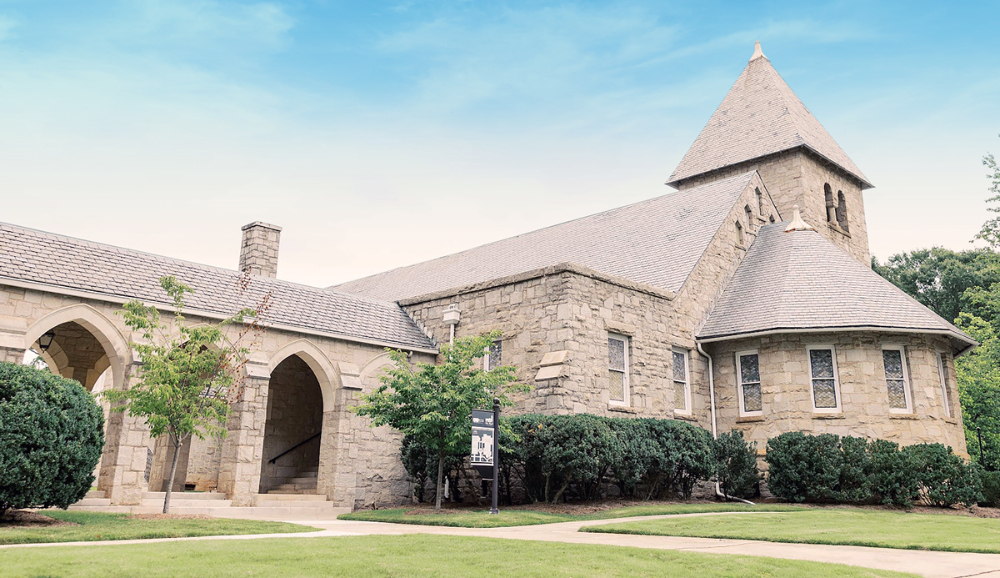
“When you walk in, your first instinct is to look up,” Williams says. “It was designed with a floor that slightly slopes so that people in the back can see what is going on in front – there’s not a bad seat in the house — and it was designed to carry voices before there were microphones.”
The chapel’s magic derives from its architecture. “The primary building materials are plaster, wood and stone, which plays a large part in carrying the sound around the space,” Milko says. “Stone walls allow for long reverberation that also gives a specific rich depth to the sound of instruments. Reflection off the arched ceilings allow for audiences of over 400 to hear the same sound at once. Columns also aid in carrying sound gracefully through the air. While we don’t have stone columns like a lot of historic cathedrals, the tall ceilings and arched walls allow sounds to bounce from one surface to another, with the goal of the sound filling the entire space and lingering in the air.”
Inside, you can hear a pin drop or the sound of your own heartbeat.
“Because you can feel all of these pulsations so intensely, you can have a deeply personal journey at the chapel,” Turk concludes.
